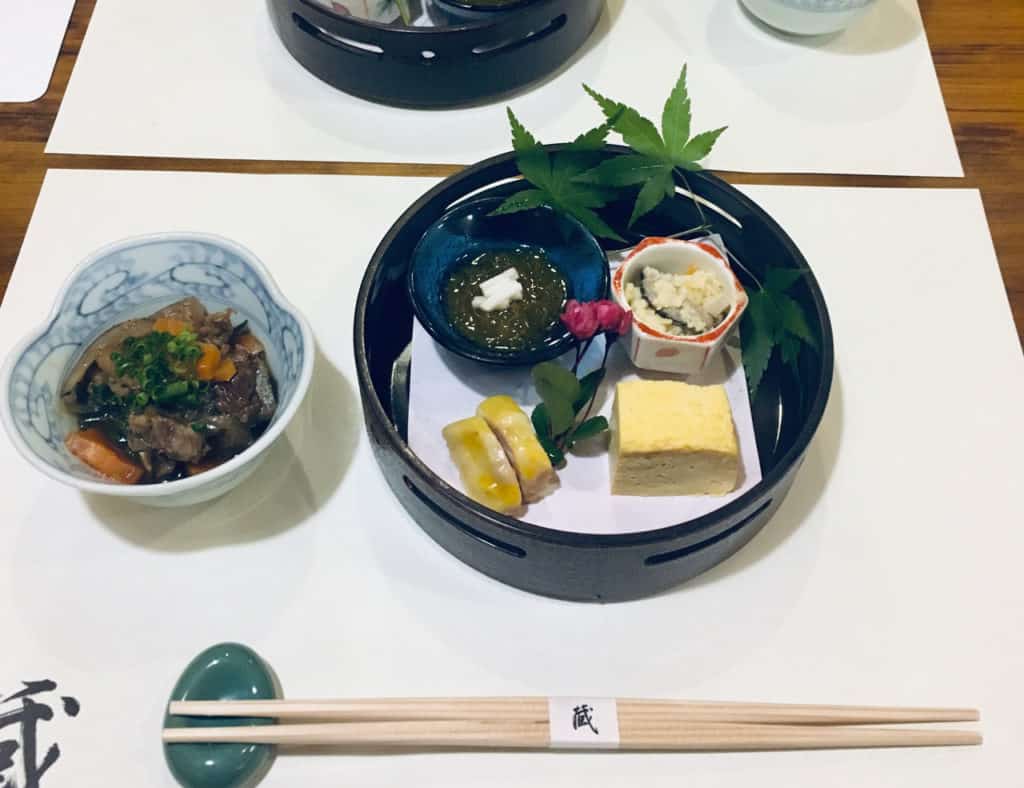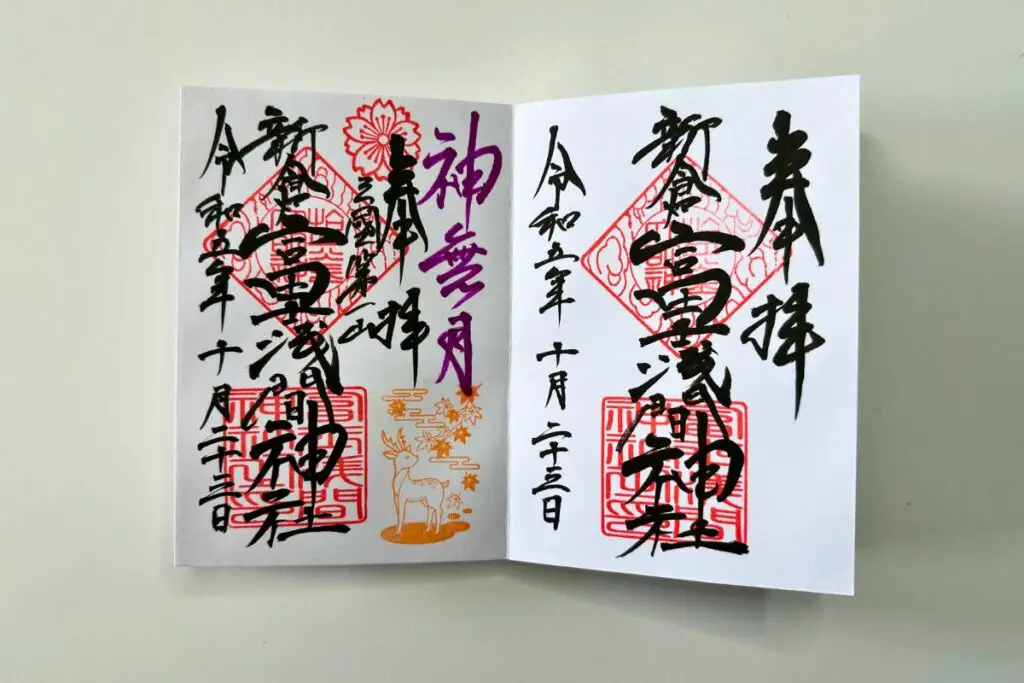The other day I was watching a program on NHK World Japan called Grand Sumo Highlights and I started to be interested in this sport. Even more than that, I started doing some research about the most important traditional sports, to see if they had the same complex tradition, and where could I see some of them in practice on my future trip to Japan.
There are five traditional sports among the most fascinating sports in Japan:
- Sumo: Japan’s national sport based on wrestling
- Kyudo: Japanese martial art of archery
- Kendo: Japanese martial art with bamboo swords
- Aikido: Japanese martial art for defense without injuring the attacker
- Judo: Japanese martial art based on unbalances and throws
If these sports inspire you as much as they inspire me, then keep reading to find out exactly what they are about, where you can see them in Japan, and also some cool facts about each one.
Sumo

What is Sumo?
Sumo (相撲) is a sort of full-contact wrestling. The sumo’s goal is pretty simple: the wrestler has to force his opponent out of the ring or make him touch the ring with any part of the body other than his feet’s soles.
The bouts are usually incredibly fast and last for a few seconds, but they can also take several minutes.
Sumo is more than just a sport, it is actually a way of living. Generally, sumo wrestlers have to live in a communal stable. All the aspects of their lives are dictated by tradition, and that concerns even the way they dress.
Hey, check out these recommendations I have for you!
Before going any further, take a look at some of the recommendations I've handpicked for you. I think these are essential items you should have on your trip to Japan. You can check them out and buy them directly from Amazon.
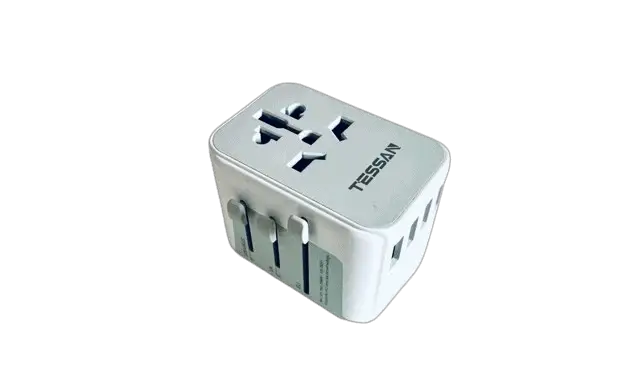
|

|

|
| A universal travel adapter | A 10,000 mAh power bank | A travel adapter and converter |
Basic Sumo vocabulary:
- Rikishi (力士): professional sumo wrestler
- Dohyō (土俵): ring
- Yokozuna (横綱): the highest rank in sumo
- Mawashi (廻し): loincloth used by wrestlers
- Gyōji (行司): referee in professional sumo
Where can I see Sumo?
You can only see Sumo six times per year. Yes, the professional sumo tournaments only take place six times each year! So if you intend to see one of these great sumo wrestlers in action, you either watch NHK World Japan during Grand Sumo Highlights like me, or you have to plan your next trip to Japan accordingly.
Luckily, each tournament takes place during a specific month, and in a specific city so this might help you plan the best time for your visit.
The six annual tournaments of professional sumo wrestlers are:
- January’s Grand Sumo Tournament in Tokyo
- March’s Grand Sumo Tournament in Osaka
- May’s Grand Sumo Tournament in Tokyo
- July’s Grand Sumo Tournament in Nagoya
- September‘s Grand Sumo Tournament in Tokyo
- November‘s Grand Sumo Tournament in Fukuoka
The tournaments last for 2 weeks and each tournament’s day starts around 8 o’clock. The first bouts start with the lower division, so if you aim to see the best of the best, you must wait until the afternoon or the end of the day.
All the information on tournaments is available on the official Grand Sumo Tournament website. And if you want to buy tickets in advance, make sure you use the official website in English or you can also buy some cool packages for sumo experiences with klook.com:
- Sumo tournament (and you can add dinner if you like)
- Sumo show + traditional lunch
- Sumo practice in Tokyo
If you can’t make it to the tournament, you might try to attend a tour operated by the sumo association. During these tours, you will be able to listen to sumo folk songs and drumming and watch some demonstrations like sumo hairdressing or the famous ceremony for entering the ring. All the information about the tours is available here.
Sumo facts:
- The ring takes three days to build and is made of a square platform of clay covered by sand
- The ring circle is made of rice-straw bales and has 4,55 m of diameter
- Wrestlers throw purifying salt into the ring before entering it
- The wrestlers’ food is called chanko nabe, and it consists of a mix of vegetables, meat, and seafood
- Women can’t participate as professional sumo wrestlers (for the moment)
If you want to read more about Sumo, there’s a great book that explores the subject and explains the Japanese culture through Sumo. It’s called The Way of Salt: Understanding Japan and Sumo, and it’s available on Amazon, for example.
You may also like:
The Real Reason Why Japanese Don’t Wear Shoes Inside
Kendo

What is Kendo?
Kendo is a Japanese martial art based on the use of bamboo swords and protective armor. Like most Japanese traditional sports, Kendo is not only physical but is pretty much related to values and etiquette. Thus, practicing Kendo trains not only the body but most importantly it trains the mind.
According to the All Japan Kendo Federation, the concept of kendo is defined as follows :
Japan’s waiting for you! Get your quick guide for the best trip.
Grab It Now
The concept of kendo is to discipline the human character through the application of the principles of the katana (sword).
(All Japan Kendo Federation)
Even if this sport doesn’t use a “real” sword, it is quite dangerous, so the use of protective armor is mandatory. Generally, it includes four parts: helmet, chest protection, thigh protection, and gloves. Practitioners must also use traditional clothing. Kendo isn’t one of the cheapest sports, so if you want to have an idea of the equipment cost, just take a look at the protective armor price on Amazon, for instance. Luckily, the bamboo swords are much more affordable.
Basic Kendo vocabulary:
- Kendogu (剣道具): protective armor
- Shinai (竹刀): bamboo sword
- Kendoka (剣道家): practitioners of kendo
Where can I see Kendo?
The most important event you might want to attend is the All Japan Kendo Championship which takes place in Japan every year. It’s the most prestigious championship, even if it is only destined for Japanese Kendoka.
Past and future competitions can be found on this page.
Every 3 years, there’s the World Kendo Championship (the next one will be held in 2021), but it doesn’t take place in Japan every time. And if someday you think of traveling to Europe, you might want to try attending a European Kendo Championship, which takes place every year, except when the world championship is held.
But if you want a cool experience during your visit to Osaka, you can grab a Kendo Martial Arts Experience available on klook.com for a good price. It lasts for 1 hour and 30 minutes, and you get to learn from a Kendo master.
For more information about Kendo, please check the International Kendo Federation official website or the All Japan Kendo Federation website in English.
Kendo Facts:
- The first World Kendo Championship was held in Tokyo in 1970
- Women’s events were added to the World Kendo Championship in 1997, 27 years after the first championship
And if you want to explore the subject a little further, you should read Kendo: Culture of the Sword which is an eye-opening book about the origins and the future of Kendo.
Kyudo
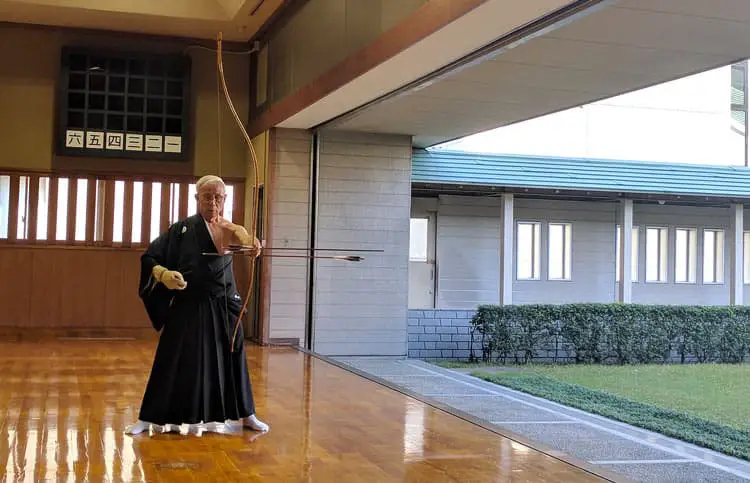
What is Kyudo?
Kyudo is a traditional discipline practiced using the Japanese bow. Nowadays, archery in Japan has become a way of training the body and the mind. Kyudo is not just about shooting an arrow and hitting the target. In Japan, there’s a profound tradition linked to it, and all the preparation before shooting is an art that must be practiced to attain perfect movements which will inevitably result in a perfect shot.
When practicing Kyudo, archers need to have the right equipment. The basic equipment is the traditional bow, the arrow, the glove (3 fingers, 4 fingers, or 5 fingers gloves), and adequate clothing, like the kimono known as Wafuku or the practicing habits known as Kyudogi.
Basic Kyudo vocabulary:
- Yumi (弓): traditional Japanese asymmetric bow
- Ya (矢): arrow used in kyudo
- Yugake (ゆがけ): archer’s glove
- Sharei (謝礼): ceremonial shooting
Where can I see Kyudo?
Although there are a few tournaments, Kyudo is not as popular as sumo, and therefore it will be more difficult to see. There’s a cool event organized by The Meguro International Friendship Association that allows you to experience Kyudo, but unfortunately is still suspended at this moment at least until March 31, 2020, due to the gymnasium renovation.
You can also try to visit a dojo and ask to see some training (usually they’ll say yes), but you’ll need to know some Japanese to communicate.
If you want to know a little more about this sport, feel free to visit the official Japanese website (in English) and the International Kyudo Federation website.
Kyudo Facts:
- The bow is asymmetric and incredibly tall (over 2 meters)
- Traditional arrows are made with bamboo
- The action of shooting is divided into 8 sections that form an elegant movement
To expand your reading on Kyudo, I recommend the book Kyudo: The Essence and Practice of Japanese Archery written by a Japanese Kyudo Master in English. It’s available on Amazon.
Aikido

What is Aikido?
Aikido (合気道) is a modern Japanese martial art created in the 1920s, which is relatively recent compared to other martial arts. It was created by Morihei Ueshiba who was an expert in other classic martial arts, therefore it is not uncommon to see the influences of judo, kendo, or karate, for instance.
The reason why Aikido is such a fascinating sport is because it takes into consideration the attacker. This means that the techniques are used essentially to control the attacker, but they have no intention to cause harm.
The main objective is to turn the energy of the opponent against him and make him fall without effort and sometimes even without touching him.
To practice Aikido, you must have traditional clothing: aikidogi (kimono) and hakama (trousers).
Get all the cool spots and tips for a fun trip to Japan. It's free!
Get My Japan Guide
Basic Aikido vocabulary:
- Uke (受け): the one that will be receiving the technique (the attacker)
- Tori (取り): the one that applies the technique (the defender)
- Randori (乱取): practice with multiple attackers
- Hakama (袴): traditional clothing (black or navy blue “trousers”)
Where can I see Aikido?
You can either watch competitions, where you’ll be able to see the best of the best in action, or you can choose to visit a dojo and learn from the teacher. But be careful though, as a dojo is a place with rules where respect must be observed at any time.
Here are some rules to keep in mind when visiting a dojo:
- Arrive before the class starts
- Remove your shoes before entering, but you can keep your socks
- Sit with good posture while observing the class
- Photos and videos are not allowed
- Don’t use your cell phone
- Don’t talk during the class
- Don’t cross your arms
In other words, be as respectful as possible and everything will be fine, if you need more information just check the official website here.
Aikido Facts:
- Aikido uses techniques that take into consideration the well-being of the attacker
- Aikido uses grappling and softness
- Aikido’s ancestor art is Daitō-ryū Aiki-jūjutsu
For a complete understanding of Aikido, you should read these two books by the founder of Kendo itself, Morihei Ueshiba. The Art of Peace: Teachings of the Founder of Aikido and The Secret Teachings of Aikido are a must-read, and they are both available on Amazon.
Judo
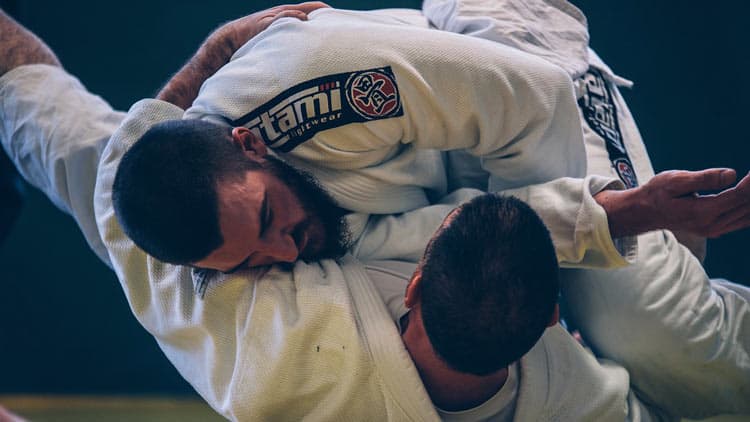
What is Judo?
Judo (柔道) is a martial art created by Jigoro Kano in 1882. The objective is to throw or take down the opponent, immobilize, or force him to submit thanks to different techniques. Therefore, judo is called a full-contact discipline.
The basic judo techniques are:
- Nage-waza (throwing techniques)
- Katame-waza (grappling techniques)
- Atemi-waza (striking techniques)
Judo is such a great martial art that it even originated other martial arts like Brazilian jiu-jitsu (martial art with an emphasis on ground fighting), sambo (Soviet martial art of self-defense without weapons), or even Krav Maga (Israeli military fighting and self-defense system).
Basic Judo vocabulary:
- Judoka (柔道家): the person practicing judo
- Judogi (柔道着): traditional clothing to practice judo
Where can I see Judo?
Judo is very well-known worldwide, so there’s no difficulty in seeing some competitions, but if you want to watch some of the best Japanese judoka, you have to go to the All Japan Judo Championship. This championship takes place every year so it’s not that difficult to plan your travel accordingly, but if you miss it, you can also watch the World Championships or the Olympic Games.
If you need other information, visit the All Japan Judo Federation official website or the International Judo Federation website.
Judo Facts:
- Judo uses mainly grappling techniques
- Judo is an Olympic sport since 1964 for men and 1992 for women
- Judokas traditionally wear white judogi, but it’s not that uncommon to see blue judogi too.
For a more in-depth look at Judo, you should read Kodokan Judo: The Essential Guide to Judo, a book by the founder of Judo itself, Jigoro Kano. It’s available on Amazon, for instance.
Conclusion
This is the end of my top 5 traditional sports in Japan. I took a short approach to the main characteristics of each sport and their deep meaning. I hope you had a good time reading and that you’ll be able to see some of these sports in action on your next visit.
And if sport is one of your passions, know that there are other Japanese sports you can see during your travel like Iaido (sword use), Karate, or Yabusame (mounted archery), to name a few.

